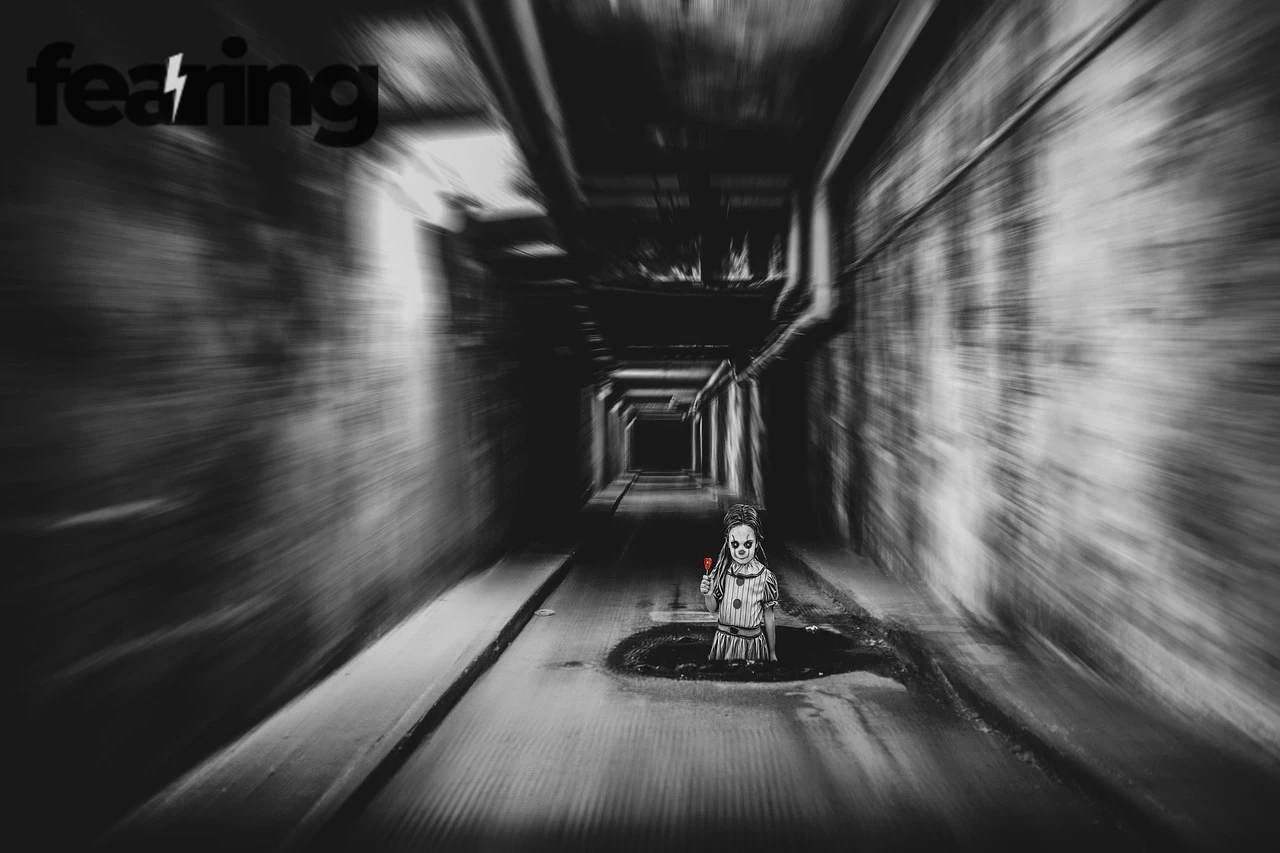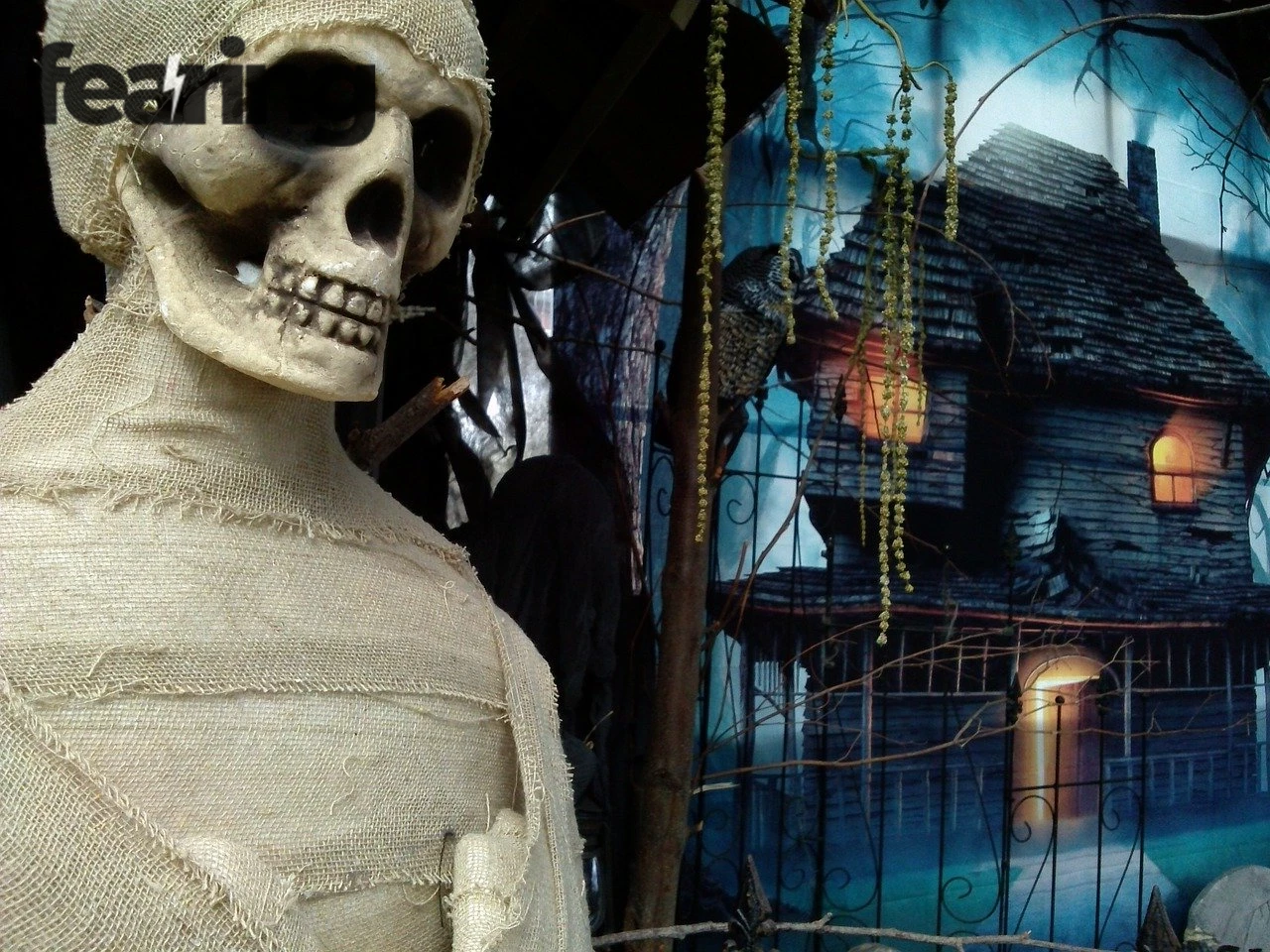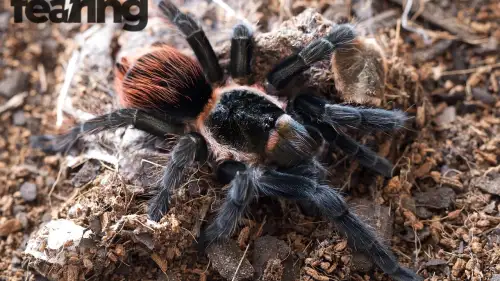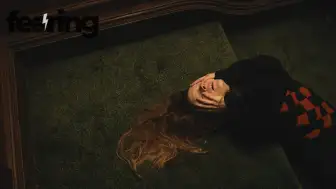Phobias — those intense, irrational fears of spiders, heights, or confined spaces — are among the most common anxiety disorders worldwide. But one question continues to haunt psychologists and neuroscientists alike: are phobias inherited, or are they learned through life experience?
Modern research suggests the answer lies somewhere in between. Our biology may prime us for fear, but it’s our environment that teaches us what to fear.
“Fear is both in our genes and in our stories,” says Dr. Lisa Feldman Barrett, a neuroscientist at Northeastern University. “We inherit the capacity for fear — not the content.”
The Biology Of Fear
Fear begins in the amygdala, a small almond-shaped structure deep in the brain that processes threats. When it detects danger — real or perceived — it triggers the fight-or-flight response: adrenaline spikes, heart rate rises, and the body prepares for survival.
But some people’s amygdalas react more strongly than others. Studies show that this reactivity can be partly genetic, explaining why certain families seem more prone to anxiety and phobic responses.
| Biological Factor | Description | Evidence |
|---|---|---|
| Amygdala Reactivity | Heightened threat sensitivity | Twin studies show ~30–40% heritability |
| Serotonin Transporter Gene (5-HTTLPR) | Affects emotion regulation | Linked to anxiety and panic disorders |
| Cortisol Levels | Stress hormone response | Elevated in inherited anxiety traits |
| Brain Connectivity | Amygdala–prefrontal link | Influences fear extinction ability |
The Genetic Evidence
In 2013, researchers at the Max Planck Institute for Psychiatry found that identical twins were more likely to share specific phobias than fraternal twins, suggesting a heritable component. However, the exact genes responsible remain elusive.
A landmark 2015 study from Emory University revealed something even more startling: when male mice were conditioned to fear the smell of cherry blossoms, their offspring — who had never encountered the scent — showed the same fear response. This finding suggested that fear memories can be epigenetically inherited, passed through changes in DNA expression rather than mutation.
“It’s as if trauma leaves molecular bookmarks,” explains geneticist Dr. Brian Dias, co-author of the study.
Learned Fear The Power Of Observation
Despite these genetic clues, environment plays an even more powerful role in shaping phobias. Children often develop fears by observing others — a process called vicarious conditioning.
If a parent screams at a spider, the child learns that spiders equal danger. Similarly, witnessing traumatic events — or even seeing them portrayed repeatedly in media — can create lasting associations of fear.
Common Learned Pathways:
Direct Experience: Being bitten by a dog → fear of dogs.
Observation: Watching a parent fear water → fear of swimming.
Information Transmission: Hearing warnings (“don’t go near the dark”) → fear of darkness.
Cultural Reinforcement: Media and folklore amplify existing anxieties.
“We inherit the ability to be afraid,” says Dr. Susan Mineka, a psychologist at Northwestern University, “but the world teaches us what deserves our fear.”
Nature And Nurture Working Together
Rather than a binary choice, scientists now view phobia formation as a gene–environment interaction. Genetics may determine a person’s vulnerability, while life experience determines expression.
A person born with an anxious temperament might be more easily conditioned to fear certain stimuli. Conversely, supportive environments can buffer against these inherited predispositions.
| Component | Function | Example |
|---|---|---|
| Genetic Predisposition | Sets baseline anxiety and reactivity | Inherited sensitivity to threat |
| Environmental Trigger | Provides specific fear event | Childhood trauma, social modeling |
| Reinforcement | Maintains avoidance behavior | Relief after avoiding feared object |
| Therapeutic Intervention | Rewires response patterns | Cognitive Behavioral Therapy (CBT) |
Epigenetics The Ghosts In Our Genes
Epigenetics — the study of how environment influences gene expression — has revolutionized our understanding of fear inheritance.
Traumatic experiences can alter how certain genes are switched “on” or “off,” and these changes may be transmitted to future generations. For instance, children and grandchildren of Holocaust survivors have shown heightened stress reactivity and cortisol dysregulation, even without direct trauma exposure.
This doesn’t mean fear is “genetically coded” in detail, but rather that our ancestors’ experiences shape our biology in subtle ways.
“Epigenetics bridges memory and biology,” notes Dr. Rachel Yehuda of Mount Sinai School of Medicine. “It’s how history lives in the body.”
The Role Of Evolution
From an evolutionary perspective, humans are designed to learn fear quickly. Phobias like snakes, spiders, or darkness are common across cultures because these stimuli once posed genuine threats to survival.
This predisposition is called prepared learning — the brain’s tendency to link fear with certain evolutionary dangers more easily than others.
Evolutionary Fear Bias Examples:
Easier to fear snakes than flowers.
Easier to fear heights than bookshelves.
Easier to fear social rejection than math exams (though both can be terrifying).
The result is a nervous system wired to learn certain fears rapidly — sometimes too rapidly for modern life.
Can Phobias Be Unlearned?
Yes. Through exposure therapy, patients gradually face their fears in controlled conditions, allowing the brain to retrain its amygdala and extinguish the fear response.
Cognitive Behavioral Therapy (CBT) and virtual reality desensitization are now proven tools for treating even severe phobias. Research from the University of Oxford (2024) found that combining VR exposure with mindfulness reduced phobic symptoms by 68% over 12 weeks.
| Treatment | Method | Success Rate |
|---|---|---|
| CBT | Reframes fear associations | 60–80% improvement |
| Exposure Therapy | Gradual reintroduction | 70% improvement |
| VR Therapy | Simulated safe exposure | 68% improvement |
| Medication (SSRIs, Beta-blockers) | Reduces anxiety response | Varies per case |
So, Are Phobias Inherited Or Learned?
The truth sits uneasily between both worlds.
Genes build the architecture of fear.
Experience fills it with meaning.
You might inherit your parent’s sensitivity to anxiety, but the shape that fear takes — spiders, flying, public speaking — comes from life.
“We inherit the nervous system,” said Dr. Daniel Pine of the National Institute of Mental Health, “but experience writes the story.”
FAQ
Q1: Can a newborn have a phobia?
A1: No. Babies are not born with specific phobias, but they may inherit a temperament that makes them more easily frightened.
Q2: Can therapy permanently cure phobias?
A2: Yes, in many cases. However, relapse can occur under stress — ongoing coping strategies are key.
Q3: Are animal phobias more common?
A3: Yes, evolutionary threats like snakes and spiders remain the most prevalent across all cultures.
Q4: Can parents unintentionally pass fears to children?
A4: Absolutely. Observational learning is one of the strongest fear-transmission pathways.
Q5: Do medications treat phobias directly?
A5: Medications reduce symptoms but don’t erase learned associations; therapy remains essential.
Sources
National Institute of Mental Health – Understanding Anxiety Disorders
Nature Neuroscience – Epigenetic Inheritance of Fear
American Psychological Association – Phobia Research Overview
Scientific American – Are Fears Passed Down Through DNA?
Harvard Health – How Exposure Therapy Retrains the Brain,
















